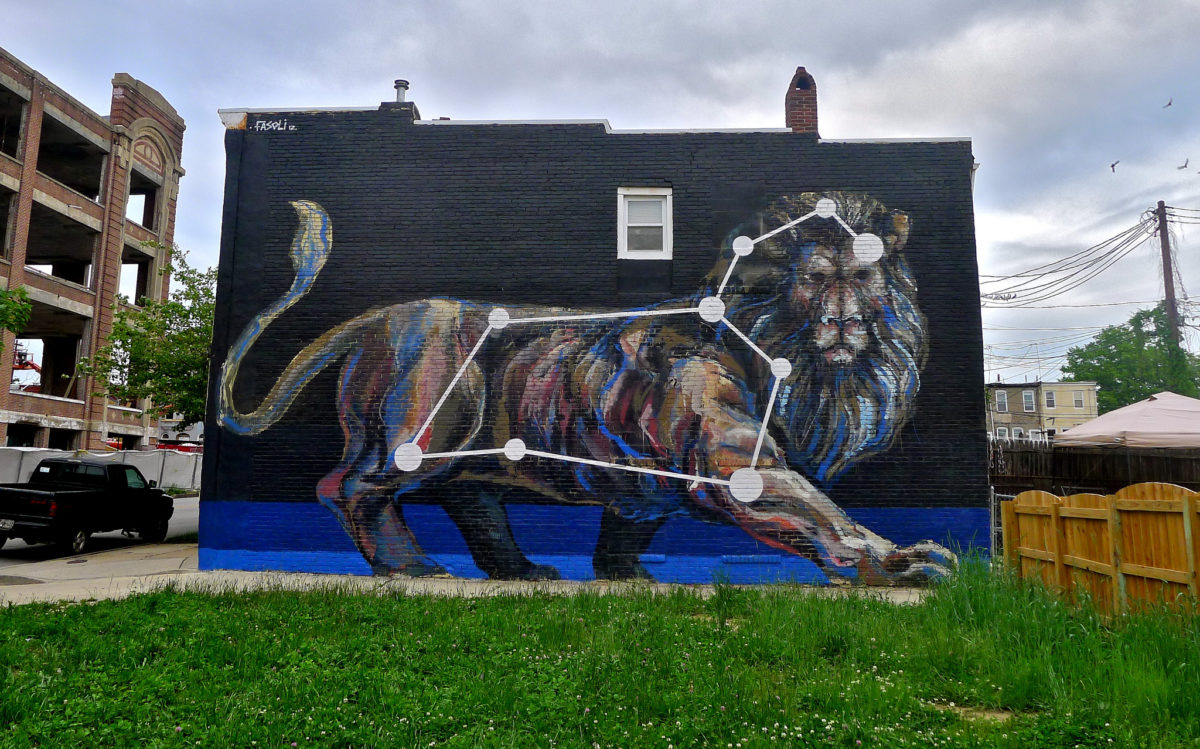It’s all in the name for a tool that is shaking up traditional data collection in Baltimore.
GEOLOOM co>map was designed to promote the development of creative placemaking in the city through arts and culture, with an emphasis on community being greater than the map.
Arts and Culture Fellow Christine Hwang with the Baltimore Neighborhood Indicators Alliance (BNIA-JFI) led the workshop Tuesday at University of Baltimore’s William H. Thumel Sr. Business Center to demonstrate the tool. It’s designed to capture a representation of cultural assets and heighten awareness of arts and culture as vital to neighborhoods, even to those who don’t think of themselves as arts groups. The event was held as part of Baltimore Innovation Week 2017.
The workshop began with a presentation explaining what GEOLOOM is and how it came to be and ended with a demonstration of how to use the online map. Hwang explained to a small group of attendees in the Business Center computer lab that she was brought on two years ago to address the breach between arts and the data world.
The most important part to Hwang is the tool’s crowdsourcing feature, meaning people can add their own data to the map or contact her with a list of concerts or artist collaboratives, for example, that they would like to see included in the map. It’s about a 48-72 hour wait once the data is submitted.
“Collaboration, cohesion, and community is what the ‘co’ is all about,” said Hwang. “The concept of creative placemaking [is] seeing how representing identity and culture through arts and culture brings people out into the community to learn about each other.”
That resonated with Emily Gaines, founder and CEO of Pänder.ai, a curated service for creatively driven entrepreneurs that supports the full success life cycle.
“I’m working on a technology platform that helps entrepreneurs and small businesses find optimized opportunities and it’s all in the spirit of uplifting secondary and tertiary cities and obviously innovation is beneath all this,” she said.
For Gaines, it’s more about the people she can connect to and make face to face connections with, and really hearing what people are doing.
“We’ve been looking at some of the data that’s currently available online … but what the government’s putting out there’s not … it’s not that usable, not that relevant,” said Gaines, explaining that the data seems a little outdated. “You know, you can get some things but you’ve got to see what’s coming from the arts and culture perspective.”
Released only two months ago, GEOLOOM has been in the works for three years. Hwang said it was created alongside a working group of community and arts organizations and city agencies. The mapping tool is based on answers to two questions: How do you define arts and culture? And: What type of arts, culture and vitality information would help you?
Hwang explained that groups and businesses were saying they needed to find a way to track how neighborhoods are doing. Through a bunch of listening sessions, one question was being asked: What does Baltimore need to be tracking to see how their neighborhoods are doing in trends over time?
There are over 150 indicators of data on education, demographic, crime, walkability of neighborhoods, and gardens, Hwang said. But she reminded her audience that it’s important to keep in mind that those pieces of data don’t necessarily tell the identity or personality of a neighborhood.
And that’s exactly what Gaines was trying to put her finger on as well. Looking not only at demographics but also the psychographics of Baltimore, Gaines said she was looking to get the real side of what’s going on.
“Data’s data,” said Gaines, “but [we’re looking for] where people are coming together naturally and doing things.”







